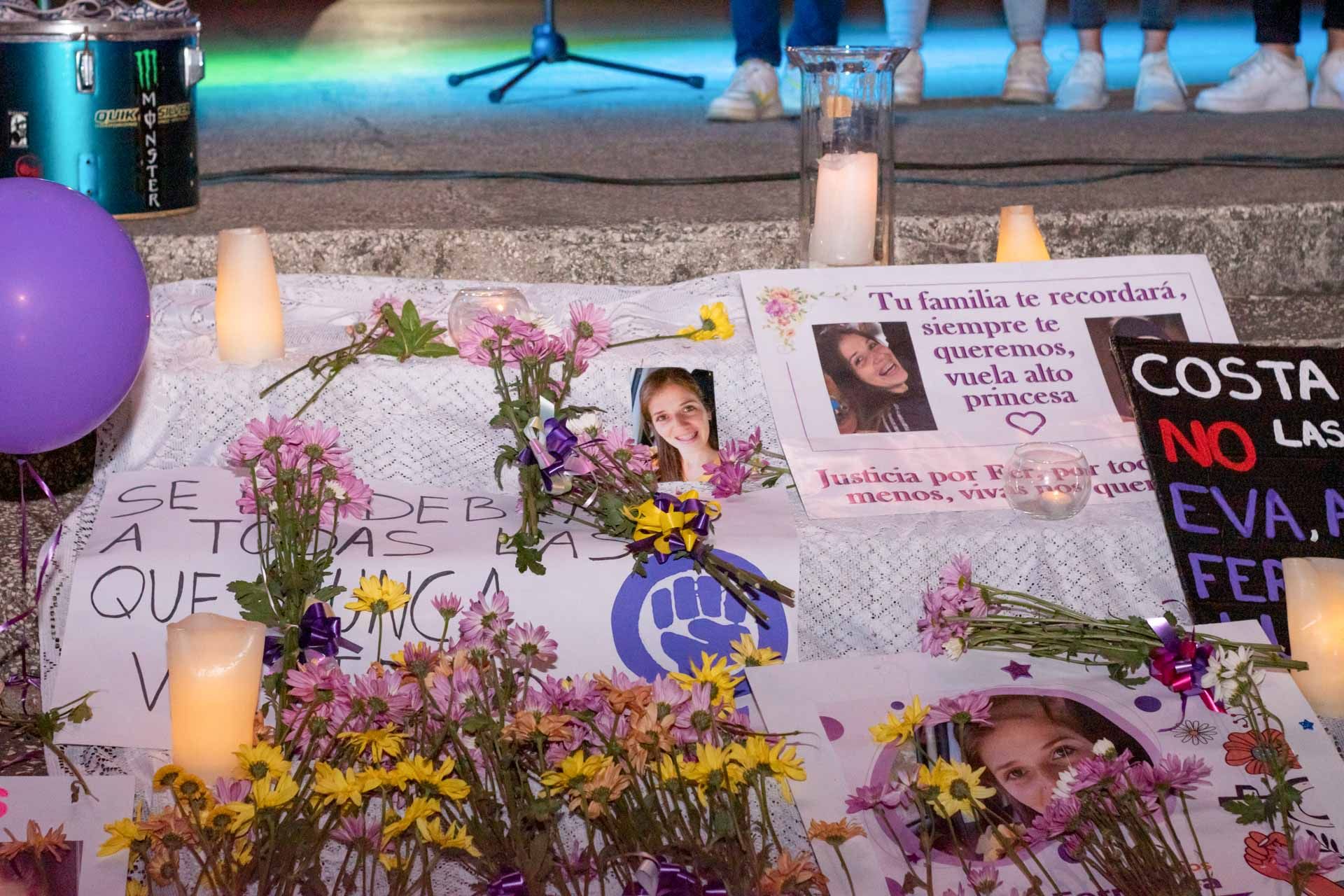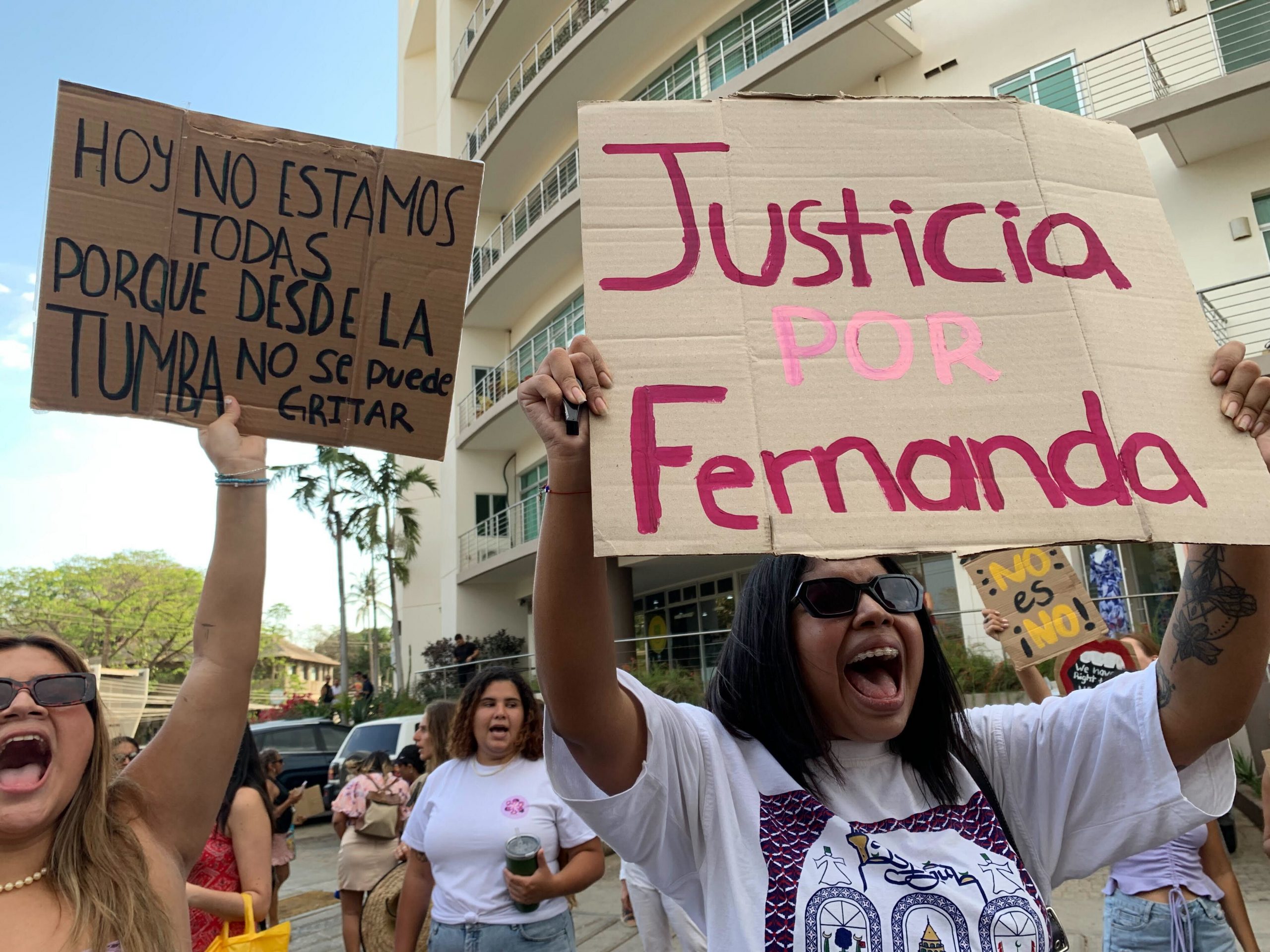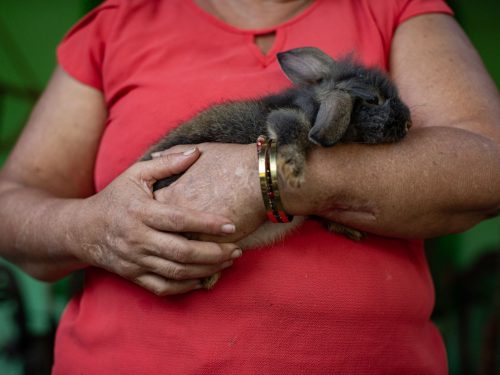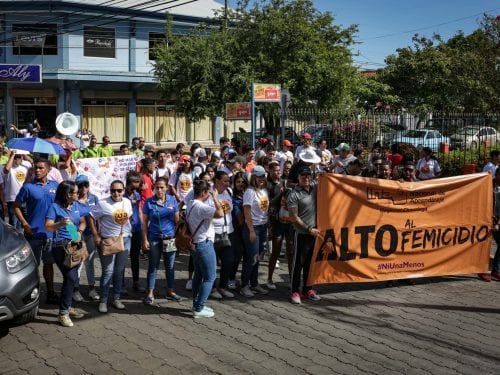
The Nicoya Criminal Court sentenced the man who murdered Nicoyan Carolina Briceño to 56 years in prison on October 9, 2021.
The murderer, named Mario Andres Valencia Moraga, didn’t comply with the restraining order she had against him, injured another person who was with Briceño using a sharp weapon and stabbed her seven times, causing her death.
The penalty was adjusted to 50 years since that’s the maximum amount of prison allowed by law.
Briceño was one of the two victims of femicide in Guanacaste in 2021. Since 2017, an average of two per year have occurred in the province.
What’s happened to the four cases from 2021 and 2022?
Just one month before Briceño’s femicide, in October of 2021, another man with the last names Ramirez Duarte was arrested as the main suspect in the murder of Francis Leon Miranda, in Liberia. She too was stabbed to death.
Liberia’s Deputy Prosecutor charged him and requested that he be brought to trial. The suspect is in preventive prison while the criminal court schedules the debate.
This year, in the first six months of 2022, the province registered two femicides: Maria Fernanda Quesada, originally from Tilaran, who was also stabbed to death in her home in Huacas, and Seilyn Cabezas, whose husband shot her and then committed suicide in a business in downtown Tilaran, according to preliminary reports.
The Deputy Prosecutor’s Office of Santa Cruz explained that the case of Maria Fernanda Quesada is in the investigation stage, in the phase of collecting and analyzing evidence.

In March of 2022, the women of Tilaran marched for the first time on International Women’s Day, just a few days after the femicide of a woman from Tilaran: Maria Fernanda Quesada. Photo: Karol Castro
What characteristics do the cases have in common?
The four victims from 2021 and 2022 died at the hands of their domestic partners or ex-partners. Also, all were mothers and were between 25 and 37 years old.
Three of them —Francis, Carolina and Maria Fernanda— were killed with sharp weapons, while Seilyn was shot.
Since 2017, the country has registered 64 femicides according to the categorization of article 21 of the Law on the Penalization of Violence against Women (LPVcM for the Spanish acronym), which occurs when the killers are spouses or current partners of the victims.
However, in 2021, there was a reform to the law to broaden it to also include dating and relationships in which the two are living together or not living together, including events that occur after a divorce, separation or breakup.
Despite the fact that the legislation changed this year, the statistics from the Judicial Branch’s Violence Observatory annually count both the femicides committed by current couples and those considered by the recent broader definition. According to these statistics, a total of 115 women have been femicide victims.







Comments